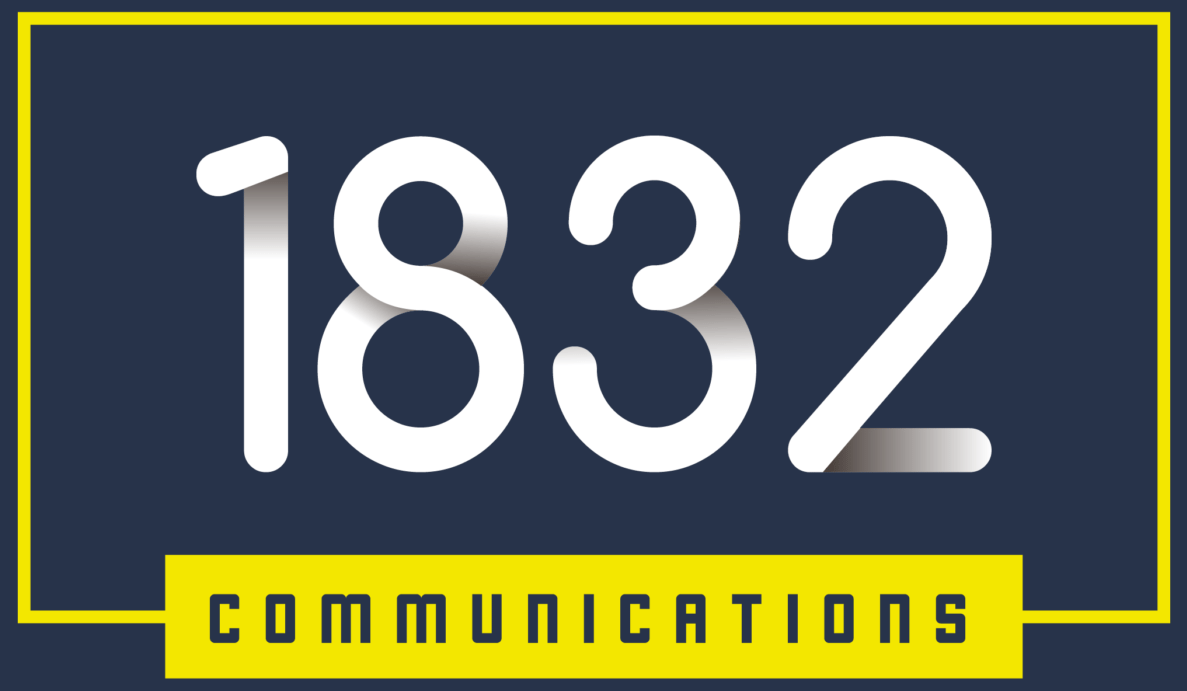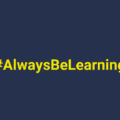Seeing things from both sides of the table provides great perspective.
For example, I wasn’t just a fundraiser and grant writer. I also worked for a global family foundation which meant I sat on the side of the giver, not the asker. That was an eye-opening experience for me and it allowed me to see how things work on the foundation side.
Qgiv recently released a very important study which was based on data they received from both fundraisers AND donors. Both sides of the table!
I recently appeared as part of a panel discussion to discuss some aspects of the study and help nonprofits become sustainable through their fundraising practices.
The Sustainability Report produced by Qgiv is full of useful fundraising and organizational data which needs to be discussed. Below I mention findings from the fundraisers who participated in this study and add my insights.
Next week I’ll share findings and insights from the donor side.
EVENTS
- Data point 1: 50% of fundraisers said that events/galas didn’t do as well last year as in the past.
- Data point 2: Almost half of organizations are NOT offering virtual or hybrid events.
- Data point 3: 56% of donors enjoyed a virtual/hybrid event.
My take: If COVID taught us anything, it’s don’t put all your eggs in one revenue basket. Have a diversified fundraising portfolio!
During COVID, with many in-person events going online, attendees got used to the idea of being able to participate from the comforts of their living room. In fact, some (many?) preferred it to having to get dressed up for a night of long speeches and dry chicken entrees.
This means that if you’re going to continue with gala events, consider going all virtual or offering a hybrid option and give people a choice. This study confirms that more than half of donors enjoyed such an event. Why are fewer than 50% of nonprofits offering this option?!
I know you want to go back to the way things were. But the fact is to develop relationships, you HAVE to know the preferences of your supporters. Which is why I suggest:
Survey your supporters. See what they prefer. Don’t dump a lot of money into an in-person event which will be under-attended and potentially raise less for your organization.
Lean into a virtual or a hybrid event. You’ll attract more people which means more eyeballs on your mission and cause which can result in higher event revenue.
FUNDRAISING STRATEGY
- Data point: 53% of fundraisers have changed their fundraising strategy.
My take: Great! It’s important to revisit your fundraising strategy every year and see what can be improved, fixed, upgraded, changed.
Except here’s the problem: According to the data from the study, the biggest change implemented is seeking more grants and corporate partnerships.
Basically, fundraisers are chasing the “big bucks.” It’s part of what I call the “Oprahization of the sector.” (Watch at the 36:10 mark as I discuss this issue, why it’s killing nonprofits and what to do about it.)
Know what happens when you start to chase a 7-figure check from MacKenzie Scott? You begin to neglect your small donors, your monthly donors and even some of your annual givers.
You concentrate your efforts on a needle in a haystack donation as you seek the million-dollar gift. Doing that means you ignore those who give small gifts. The reasoning? “They’re not worth our time.”
Here’s where I lose it: YES THEY ARE!!! Monthly givers- yes, even the ones who “only” give $10/month- can have retention rates up to 90% and have a higher lifetime value than most of your other donors.
By taking their gift but not bothering to develop relationships with them, you make them feel abandoned. Know what they’ll do? They’ll find somewhere else to donate. Which means you’re now stuck finding new donors to replace them.
This is why I believe that you should treat a $10 donor like a $10,000 donor. You celebrate the generosity of giving, not the amount given.
Is it any wonder that the retention rate in the sector is an abysmal 45%?! We’re so busy chasing the big donation that many of our donors simply move elsewhere. They feel like cash cows and that’s a horrible feeling.
Speaking of retention…
RETENTION

Image courtesy of Qgiv’s Sustainable Giving Report
- Data point 1: Only 48% of fundraisers are planning retention goals.
- Data point 2: 43% of fundraisers don’t know their retention rate.
- Data point 3: Over half of fundraisers only spend 0-25% of their time on retention and stewardship.
My take: Big sigh. We can do better!
Acquisition costs 5-10 times more than retention. (In the study, Qgiv brings a data point saying it’s TEN TO TWENTY times!) Why are nonprofits spending so much time, energy and MONEY trying to find new donors when you already have donors who will give again???
Let’s start with knowing how to calculate your retention rate. It’s critical to fundraising success!
Now let’s take some round numbers. In 2022 you had 100 donors. According to the sector average, only 45 of those donors will give again in 2022. That means you now have to scramble to find 55 NEW donors to cover the shortfall!
And finding those 55 new donors costs you 5-20 times MORE than just trying to retain your current donors.
Ridiculous. And this from a sector where many organizations cry poverty and live in a scarcity mindset.
Know what would ease your troubles? Bringing your retention rate up by a few percentage points each year. You’d raise more from more people and it would cost you less to do so.
Win-win!
Neglecting small donors and chasing major donations is hurting your organization. Not being able to meet your goals or the need in your community because you aren’t raising enough?
That’s a self-inflicted wound.
Speaking of which…
SELF-INFLICTED WOUNDS

Image courtesy of Qgiv’s Sustainable Giving Report
- Data point 1: Take a look at the above list. Many of the reasons are self-inflicted wounds.
- Data point 2: 70% of fundraisers work more than scheduled time.
- Data point 3: Over 60% of fundraisers aren’t compensated for overtime.
- Data point 4: 56% of fundraisers feel overwhelmed.
- Data point 5: 46% of fundraisers believe their compensation is fair.
- Data point 6: Goal expectations are unclear.

Image courtesy of Qgiv’s Sustainable Giving Report
My take: Underpaid, overworked, underappreciated.
Does that sound like you? If yes, you must be a fundraiser!
On average, fundraisers change jobs every 18 months. This hurts their ability to develop relationships with donors (more on that next week) but it also hurts organizations.
It costs money to find, hire and train a new person. Doing that every 18 months is not cost effective. You’re raising less money with higher expenses.
Lose-lose.
A lot of this is self-inflicted. Why are fundraisers leaving? Low pay. Unrealistic goals. Lack of resources.
All of that could be remedied with a proper investment in the most important asset a nonprofit has at its disposal: Its staff!
They’re overwhelmed, don’t know their goals and not being paid for overtime. What incentive is there for them to stick around?!
I can only assume that bosses and/or Boards are just picking numbers out of a hat and telling fundraisers to go raise that number. They don’t explain why that’s the goal. Just an arbitrary dollar amount.
How can a fundraiser function under such conditions?!
One thing that surprised me was 46% of fundraisers thought their compensation was fair. Unless they know that throughout the sector wages are low and they’ve never had “high” pay, so as far as they’re concerned that’s the norm and therefore their current salary is fair.
All the sadsies.
In short, fewer people are giving. The retention rate stays the same low number.
Can we change that? Yes. But right now we’re our own worst enemy. We make it hard on ourselves to succeed.
Your organization should be living with a growth mindset. We’re gonna thrive this year!
One of the major obstacles standing in your way? Self-inflicted wounds.
Ya know Einstein’s definition of insanity? Maybe it’s time we stopped hurting ourselves at every turn and tried something different.
Download and learn from the full Qgiv Sustainability Giving Report




